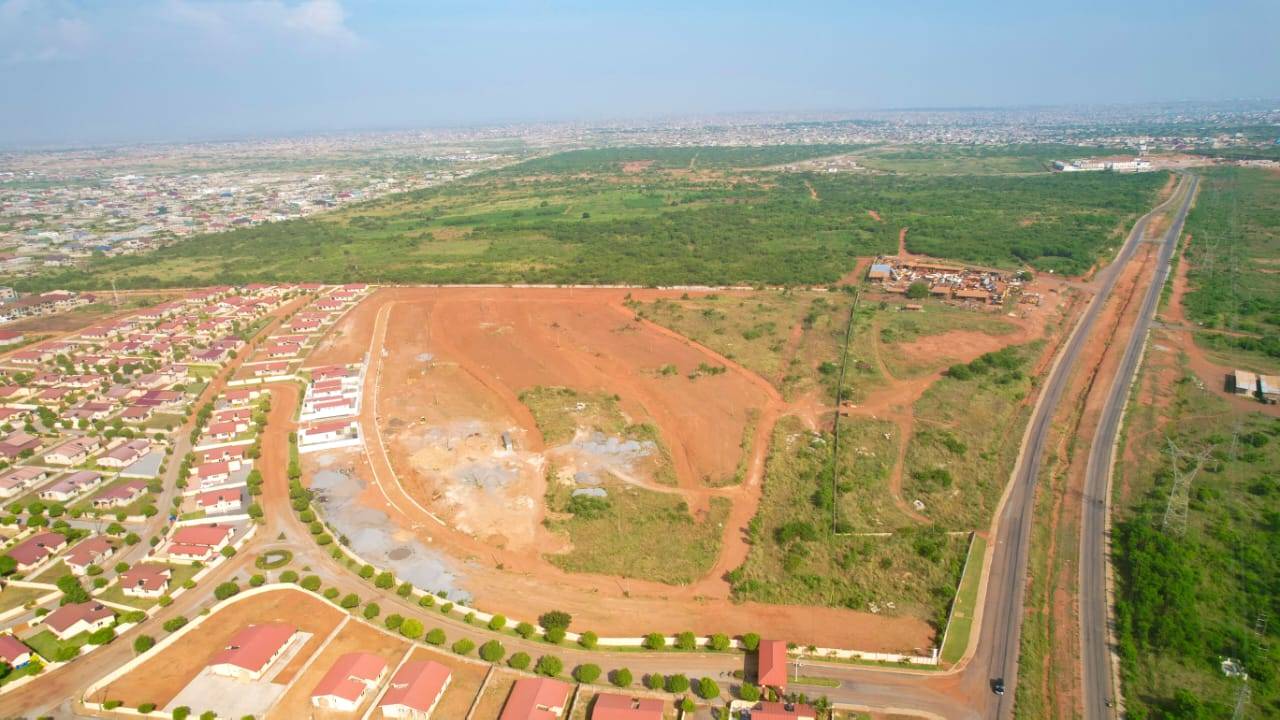Katamanso is a historically significant area located in the Greater Accra Region of Ghana, situated in the southern part of the country. Over the years, Katamanso has evolved into a bustling community, but its history traces back to pivotal events that shaped its cultural, economic, and political landscape.
Origins and Early History
Katamanso’s origins are deeply rooted in the diverse ethnic groups that have inhabited the region for centuries. The area was initially inhabited by the Ga people, one of the indigenous ethnic groups of the Greater Accra Region. Like many communities in the region, Katamanso was part of the early Akan and Ga-Dangme migration patterns, with settlers coming from various areas across West Africa.
The settlement of Katamanso has strong ties to the socio-political structure of the Ga state, a prominent kingdom in the southern part of Ghana. The Ga people traditionally organized their communities into smaller clans, and Katamanso was one of the many settlements that emerged under this system. The community became part of a larger system of village confederacies that were central to the development of the area.
The Colonial Period
Katamanso, like many other regions in Ghana, faced significant changes during the British colonial era. The British colonization of the Gold Coast (now Ghana) in the 19th century had a profound impact on Katamanso’s social, economic, and political systems. During this time, the British established administrative structures that affected local governance. They imposed taxes and land policies that altered the way land was owned and used, with long-lasting effects on the local population.
The impact of colonialism on Katamanso was compounded by the larger issues of resistance movements across the Gold Coast. Various local leaders resisted the British attempts to control the region, with Katamanso being no exception. One of the most notable uprisings in the region was the 1948 Accra Riots, which were sparked by economic and social inequalities under British rule. Although Katamanso was not directly at the center of these riots, the movement for independence reverberated throughout the area, contributing to the eventual liberation of Ghana in 1957.
The Katamanso War (The Battle of Katamanso)
One of the most significant events in Katamanso’s history is the Katamanso War, also known as the Battle of Katamanso, which took place in the early 19th century. This war was fought between the Ga people and the Ashanti Empire. The Ashantis, who were expanding their territorial reach across much of West Africa, sought to conquer the Ga people in their quest for dominance.
In 1826, the Ashanti forces attacked the Ga territories, and Katamanso became a key battleground in this conflict. The Ga warriors, with their fortified positions and strategic leadership, managed to repel the Ashanti forces, marking a key victory in the defense of the Ga kingdom. This battle became an iconic symbol of resistance and unity for the Ga people and was a turning point in their history. While the Ashantis eventually gained control over much of the region, the Battle of Katamanso remains a symbol of the courage and resilience of the people of the area.
Post-Independence Developments
Following Ghana’s independence in 1957, Katamanso became a part of the newly established nation. The region experienced significant social and infrastructural development, with government investments in education, healthcare, and housing. Katamanso saw a transformation in its economy, with an increased focus on agriculture and trade.
Over the decades, the community has grown, and urbanization has rapidly spread throughout the Greater Accra Region. Katamanso, once a rural area, has witnessed the rise of a vibrant and diverse population. This urbanization brought with it both challenges and opportunities, as the demand for land, housing, and basic amenities skyrocketed.
Katamanso Today
Modern-day Katamanso has evolved into a rapidly growing community, characterized by its mixture of traditional practices and urban lifestyles. The population of Katamanso continues to expand, and the area has become an important hub for local trade, business, and transportation. In recent years, infrastructure improvements such as road networks and public transportation systems have helped to better connect Katamanso with the rest of the Greater Accra Region.
Katamanso is known for its vibrant culture, and it continues to be a stronghold of the Ga-Dangme traditions. The community celebrates important cultural events such as the Homowo Festival, which honors the harvest and agricultural cycles of the Ga people. Additionally, Katamanso’s diverse population includes various ethnic groups from across Ghana and the West African region, creating a melting pot of cultures and traditions.
Katamanso's history is deeply intertwined with the broader historical events of the Greater Accra Region and Ghana as a whole. From its early days as a settlement in the Ga kingdom to its strategic role in the defense of the Ga people during the Katamanso War, the community has played an essential part in shaping the political and cultural identity of the region. Today, Katamanso continues to grow and adapt to the changing demands of modern life while maintaining its cultural heritage, making it an important historical and cultural landmark in Ghana.


